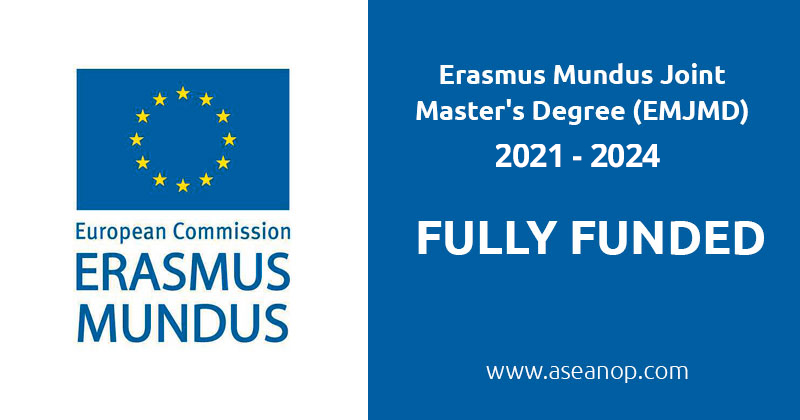Erasmus Mundus Joint Master Degree (EMJMD) interdisciplinary Mathematics in Europe 2021-24

“InterMaths – Interdisciplinary Mathematics” is a 2-Year full-time Erasmus Mundus Joint Master Degree in Mathematical Modelling and Simulation with interdisciplinary applications, with a special focus on biomedical Sciences and industrial engineering. It is run by five European Universities:
- University of L’Aquila (UAQ) – Coordinating Institution
- Hamburg University of Technology (TUHH)
- Vienna University of Technology (TUW)
- Autonomous University of Barcelona (UAB)
- University of Côte d’Azur in Nice (UCA)
“InterMaths” prepares for a career in research as well as in private enterprises, in particular in industrial engineering, manufacturing, pharmaceutics, biomedical industry. Our study plans develop mathematical skills that are relevant to a broad range of interdisciplinary fields:
- Mathematical modelling,
- Scientific computing,
- Control and optimization,
- Stochastic modelling,
- Image processing methods.
#Programme Structure
Our mobility scheme: 6 specializations on modern societal challenges
InterMaths students follow the following mobility path:01
Semester 1
A first semester common to all student on Foundations of Applied Mathematics in L’Aquila02
Semester 2
A second semester on Numerical – Modelling Training, either in Hamburg or in Vienna02
Year 2
A second year of Interdisciplinary training in one of the five partner universities, devoted to one of our six specialization tracks:
- Cancer Modelling and Simulation (L’Aquila)
- Computational Fluid Dynamics in Industry (Vienna)
- Decision Making and Applications to Logistics (Barcelona)
- Modelling and Simulation of Infectious Diseases (L’Aquila)
- Computational Methods in Biomedical Imaging (Hamburg)
- Stochastic Modelling in Neuroscience (Nice)
These specialization paths have been designed on grounds of the fields of expertise of the five reference groups, often with links with groups in the same institutions from other applied disciplines. Most importantly, they address innovative methodologies and deal with societal challenges in nowadays society, in particular in medicine and in industry.
The mobility paths are assigned to the new cohort students at the beginning of the 2-year period. We try as much as possible to satisfy the students’ preferences. The mobility scheme is sketched in the following section.




Love u